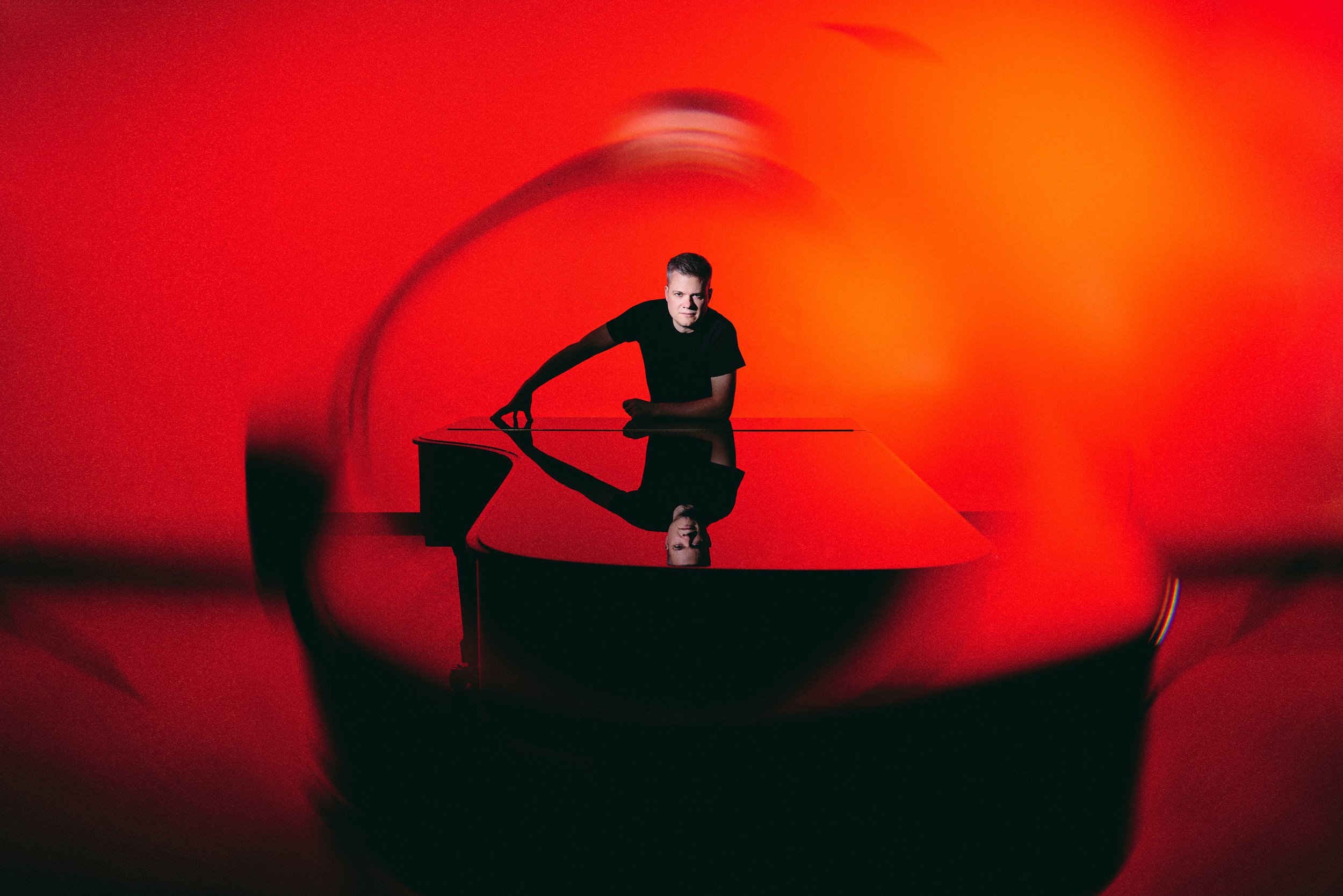
Eight new scores available for sale
I’m pleased to release several new scores, including my first two works for 8 hands at 2 pianos. I look forward to hearing what you do with these!
Solo piano:
Mozart’s sublime “Ave verum corpus,” arranged for solo piano.
One piano, four hands:
Mozart’s “Ave verum corpus.” This beautiful (and less challenging) arrangement for piano duet is dedicated to Liz’s daughter.
Bach/Gounod “Ave Maria.” The arrangement is inspired by stained glass windows and has been one of the most requested scores at recent Anderson & Roe performances.
Two pianos, four hands:
Capriccio on Brahms’ Hungarian Dance No. 5. Listen to a live performance of the virtuoso work at the link.
Nocturne on Neptune, inspired by Gustav Holst’s “Neptune” and the astrological writings that influenced it.
Joplin’s Maple Leaf Rag with a second piano overlay. Party time.
Two pianos, eight hands:
Rachmaninoff’s “Vocalise” arranged for 4 pianists on 2 pianos. The arrangement was commissioned by the Geneva Tuesday Quartette for their 100th anniversary(!) and is based on my version for piano duet.
Dvořák’s Slavonic Dance Op. 42, No. 5 (in its original form for piano duet) with an overlay for a second piano duet. A wild, fun, and virtuosic showpiece!
Aspen Music Festival commission + conducting debut
Last year the Aspen Music Festival commissioned me to compose something a little… unusual: a piece for 8 pianos and 32 hands (yes, that’s 16 pianists in total).
I initially balked at the idea. Having composed several works for five pianos, I was already well aware of the inherent difficulties. The piano’s sharp, percussive attack leaves little room for error in synchronization. Achieving precision with two pianists can be difficult enough; sixteen pianists seemed destined for chaos. Moreover, contrary to intuition, when multiple pianos strike the same note simultaneously, the sound doesn’t increase in volume; the sound waves seem to clash in mid-air, canceling each other out in some sonic tug-of-war. Then there were the duet logistics. Writing for two pianists on one piano can be a puzzle of awkward hand collisions, yet one wouldn’t want to constantly spread the four hands over the full range of the piano — that steamroller of sound can be grating for the listener! Writing for 16 pianists across 8 pianos exponentially compounded these concerns.
But beyond the technical challenges, the most important question I kept asking myself was: How do I musically justify having all these pianos and pianists? What’s the reason for 16 people on stage?
Turns out those challenges were just the beginning. I spent five months working on the score, day and night, even asking for a one-month extension. The process was more demanding than I could have anticipated, yet also more creatively fulfilling than I had imagined.
Titled Star & Stripes: Fireworks for 8 Pianos, 32 Hands, the 10-minute work draws inspiration from John Philip Sousa’s “The Stars & Stripes Forever March.” Conceived on a grand scale, much of the piece features unique effects made possible by the mass of pianos. The 16 parts weave together through overlapping layers of tremolos, scales, and arpeggios that blend into sonic impressions of clouds, fireworks, and rainbows—almost like painting with sound.
Several of my pianistic idols and mentors participated in the world premiere at the Aspen Music Festival Klein Music Tent, including Veda Kaplinsky, Hung-Kuan Chen, Arie Vardi, and Anton Nel. (It was an auspicious yet nerve-wracking conducting debut!)
The score will soon be available for sale here on gregandersonpiano.com, but for now, enjoy a sneak peek with these brief teasers from our dress rehearsal over on my Instagram account.



